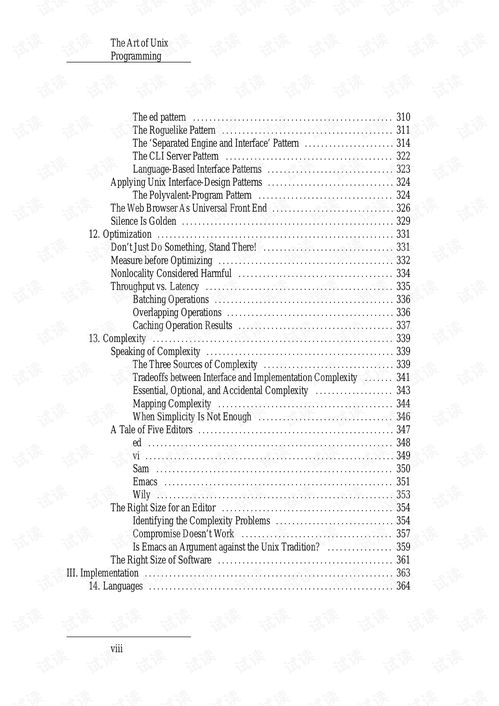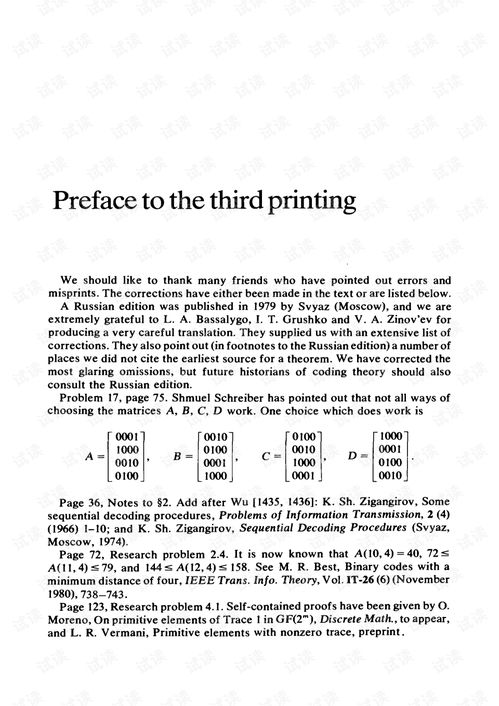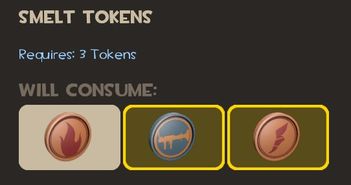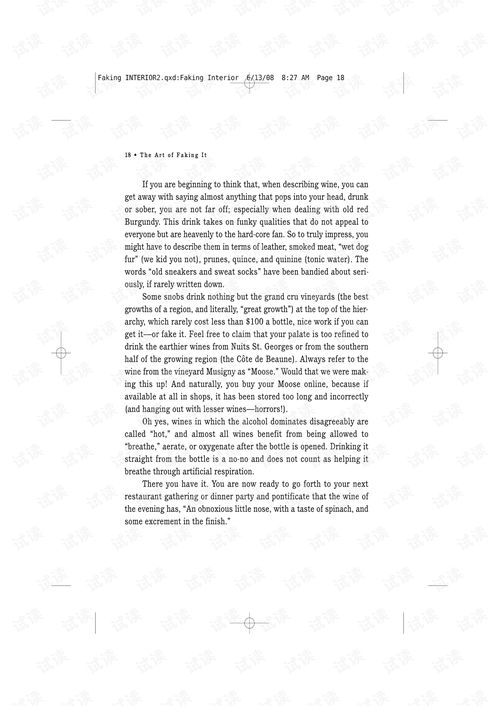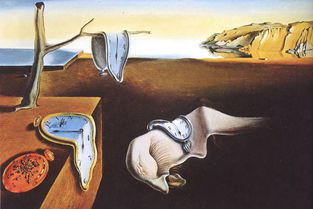Content:
Introduction: Trolling with hooks is a popular and effective method of fishing that has been used by anglers for centuries. Whether you are a beginner or an experienced fisherman, mastering the art of fish luring can greatly enhance your chances of catching more fish. In this article, we will explore the key techniques and tips to help you become a pro at诱鱼 with hooks.
Choosing the Right Hook: The first step in mastering the art of诱鱼 with hooks is to select the right type of hook. Hooks come in various sizes, shapes, and materials, and the choice depends on the type of fish you are targeting. For smaller fish, a lighter and smaller hook is recommended, while larger fish require stronger and heavier hooks. Additionally, consider the type of bait you will be using, as some hooks are better suited for certain baits than others.
Selecting the Appropriate Bait: Choosing the right bait is crucial for successful诱鱼 with hooks. Different fish species have varying preferences when it comes to food, so it's important to research and understand the feeding habits of the fish you're targeting. Common baits include live bait, artificial lures, and natural baits like worms, insects, or crustaceans. Experiment with different baits to see which one works best in your fishing environment.
Properly Attaching the Bait: Once you have selected the appropriate hook and bait, it's important to attach them correctly. This ensures that the bait is presented in a natural and attractive way to the fish. Here are some general guidelines for attaching bait to a hook:
- For live bait, such as worms or minnows, thread the hook through the bait's mouth or body to secure it in place.
- For artificial lures, such as spinnerbaits or crankbaits, follow the manufacturer's instructions for proper attachment.
- When using natural baits, like insects or crustaceans, position the hook in a way that mimics the bait's natural movement and feeding behavior.
Adjusting the Hook Size: The size of the hook you use can greatly impact your fishing success. Using a hook that is too small may result in lost fish, while a hook that is too large may scare away smaller fish or damage the bait. To determine the appropriate hook size, consider the following factors:
- The size of the bait: Use a hook that can comfortably accommodate the size of your bait.
- The fish species: Larger fish require larger hooks, while smaller fish can be caught on smaller hooks.
- The fishing environment: In clear water, use a smaller hook to avoid spooking fish, while in murky water, a larger hook may be more effective.
Perfecting the Presentation: The way you present your bait to the fish can make a significant difference in your success rate. Here are some tips to help you perfect the presentation:

- Start with a slow and steady retrieve, as many fish are more likely to strike when they see a bait moving slowly.
- Vary your retrieve speed and cadence to mimic the natural movement of the bait and keep the fish interested.
- Pay attention to the water conditions and adjust your retrieve accordingly. In windy conditions, use a slower retrieve to keep the bait from being washed away.
Learning from Experience: Lastly, remember that becoming a master at诱鱼 with hooks takes practice and experience. Keep track of your fishing trips, noting which techniques and baits worked well, and which ones didn't. Over time, you will develop a better understanding of the fish you are targeting and how to effectively lure them in.
Conclusion: Trolling with hooks is a rewarding and enjoyable way to fish. By following these expert tips and techniques, you can improve your skills and increase your chances of catching more fish. Remember to choose the right hook and bait, properly attach your bait, adjust the hook size, perfect your presentation, and learn from your experiences. Happy fishing!

